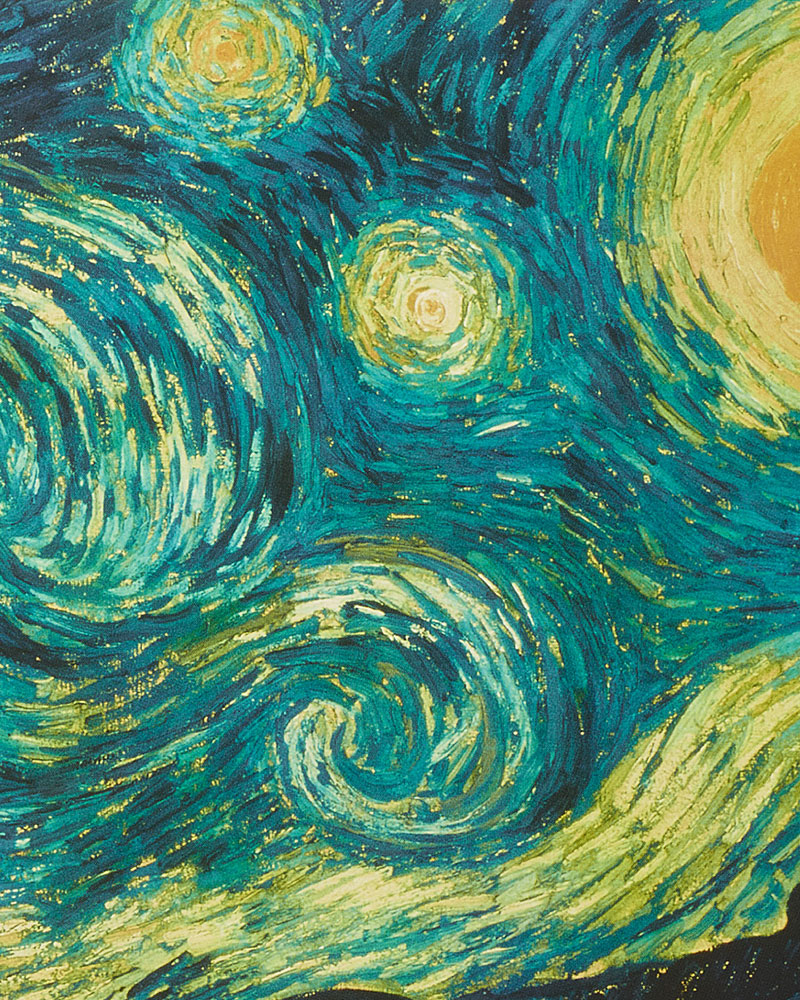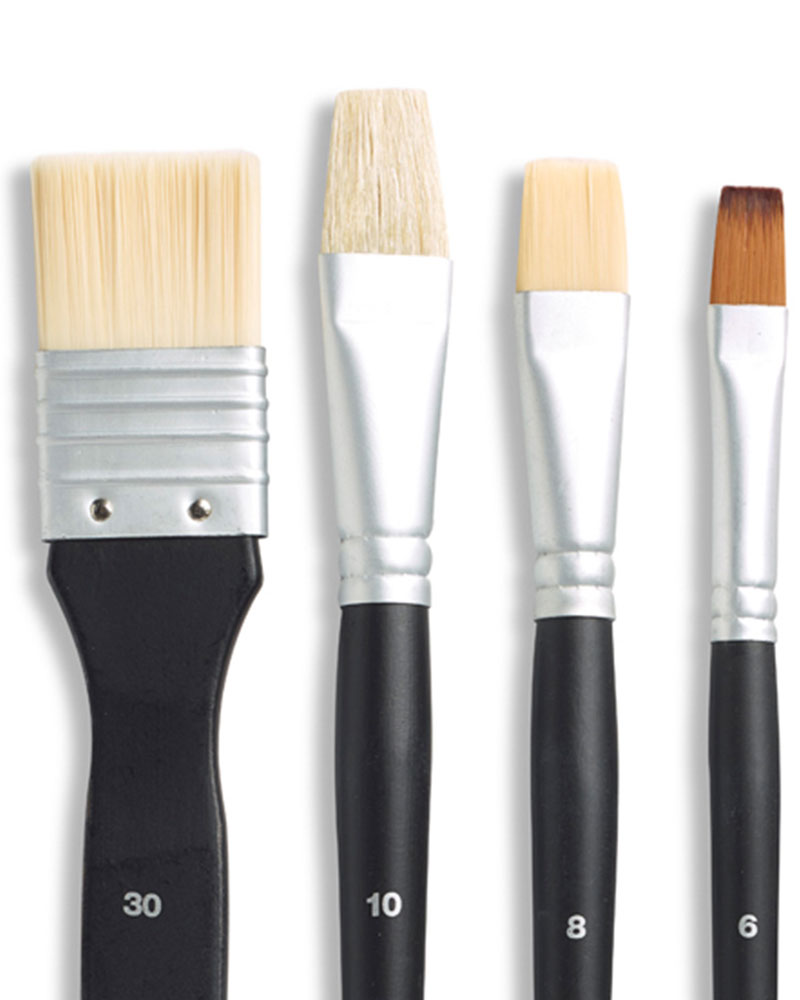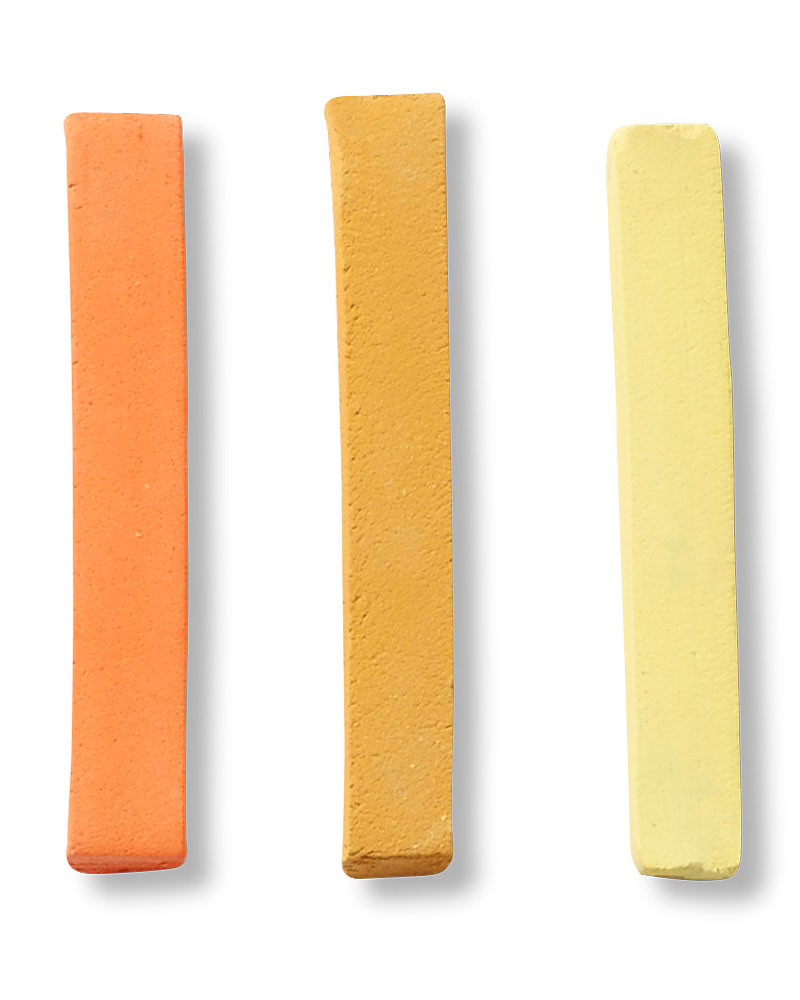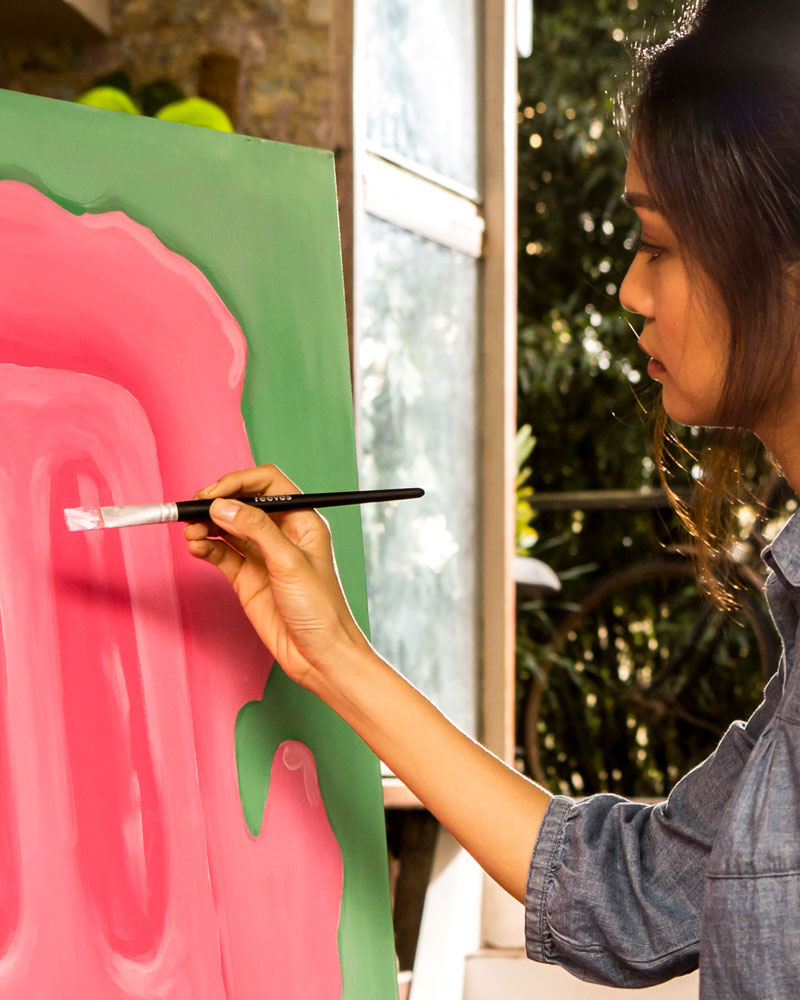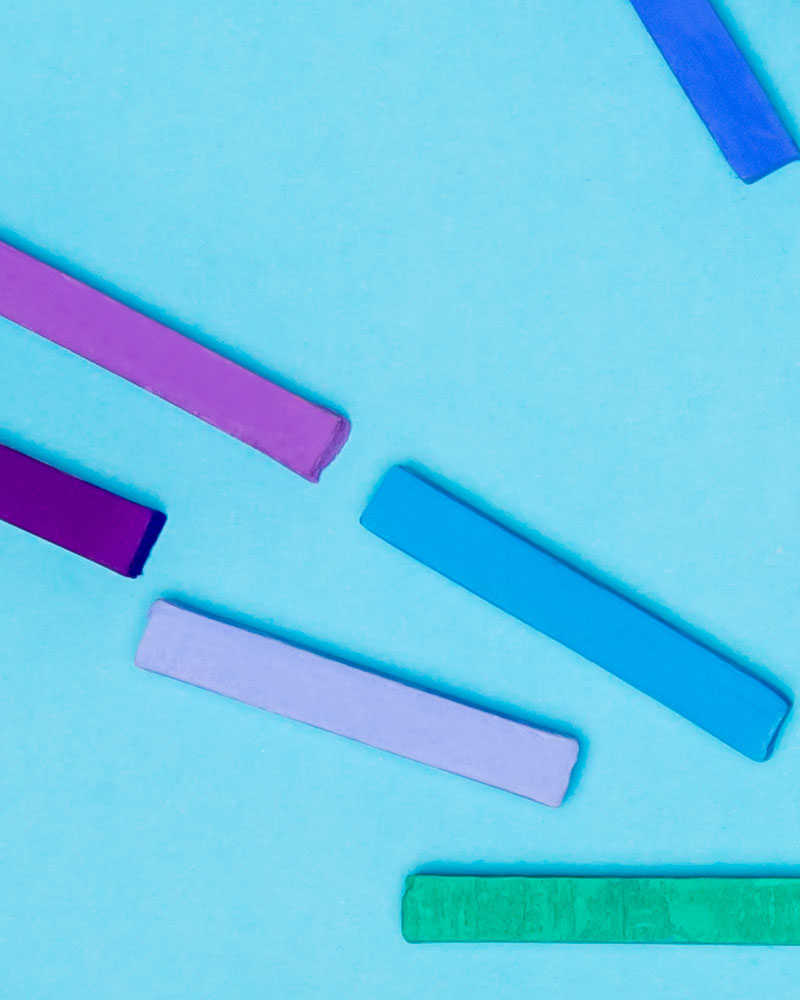Bring out your creativity and be inspired to try something totally new with gouache painting. Offering you vibrant and opaque effects, this versatile painting effect is often overlooked in favour of the more common watercolour, however now it could be the perfect time for you to make a foray into the world of gouache.
Thanks to its quick-drying abilities, opaqueness, and flexible paint even once it has dried, gouache painting is most commonly used in things like comics, designs and posters. With its smooth matt finish and layering properties, this style of painting is perfect for beginners and more experienced artists alike to experiment with and you’re sure to enjoy painting with its bright colours and powerful opacity.
Due to its versatile formula, whether you enjoy painting on paper or on canvas, gouache is a wonderful technique with which you can create some spell-binding designs. Find out a little more about this amazing paint medium and what surfaces you should be using to make the most of your work.
About Gouache
Although it offers fantastic painting effects, gouache painting is still lesser known than the more delicate watercolour. An undoubtedly charming form of water-media, this effect nonetheless has a considerable history dating back hundreds of years. Deriving from the Italian word ‘guazzo’ (mud), just as with watercolour, gouache can be re-wetted and further worked on which makes it particularly helpful if you prefer re-touching and re-doing parts of your work over a period of time.
Before you dive headfirst into your first gouache painting, it is always helpful to understand a little bit about the composition of the medium you’re going to be working with. Once again, gouache has a similar makeup to that of watercolour, but differs in that it contains larger particles of pigment which is what gives it that lovely rich opacity. Thanks to its mix between matt acrylics and watercolours, you can easily create captivatingly dramatic looks as you happily paint away. Aside from pictures, don’t forget that you can use gouache to create incredible and trendy calligraphy looks too!
Painting with Gouache
With its eye-catchingly bright finishes, it is often surprising that gouache painting is less favoured than watercolour, however even if you’ve never given it a go, starting couldn’t be simpler. This is thanks to the fact that you can follow basically the same process as you would for watercolour. Choose your surface, mix your colours and start wielding that paintbrush! Whether you prefer sketching out your design first or tend to choose a more free-hand approach, you’ll quickly find that once you’ve got started with gouache, you won’t want to stop.
Gouache Painting Surfaces
Even if you have all of your stunning gouache paints sitting in a row ready to go, as with any type of art, it is so vital to always consider the surface that you will be using first. Happily, gouache is versatile and works well on both paper and canvas which is ideal if you have a preference towards one or the other.
For gouache painting on paper, Reeves watercolour paper is perfect; it is designed to take water-media already and is robust enough to handle this heavier type of paint. If you consider gouache to be a sort of opaque watercolour then you can easily understand that this paper will hold up to its extra pigment.
It’s particularly useful to know that you can use your typical watercolour paper when using your gouache paints since so many people favour this as a working surface. If your muse is calling and you are raring to go but are a little concerned that with other mediums you have a tendency to layer the paint on, then we recommend simply choosing a rougher type of paper for the gouache to adhere to. Don’t forget of course that gouache paints are quick-drying and less runny than watercolours.
Gouache isn’t limited to paper either – it lends itself perfectly to canvas too letting you create bold and exciting designs. If you love painting your pieces on canvas, then we well understand that you’ll be used to its roughness. But in the case that you’re unsure whether paper or canvas would be best for your gouache pieces, then there are just a couple of things to consider. We would recommend canvas when you plan on using many layers to create an exciting effect or alternatively if you are planning on spending say several weeks working on your project.
With gesso-primed canvases, the gouache paint will easily adhere to the surface; just remember to avoid painting in high humidity or over-stretching the canvas since although gouache is more robust than watercolour paints, it is of course still less so than oil paints.
Gouache paints are one of those mediums that can really help to get those creative juices flowing. From ostentatious slogans to vivid designs, thanks to those beautifully vibrant colours, you won’t help being able to fall in love with all that these paints have to offer – from techniques to effects! It lets you have some fun and experiment in a bold and exciting way, so get those brushes out and let gouache be your next art project.
- Reeves gouache paint
- Reeves Canvas or Paper
- Reeves paint brushes
- A mind full of colourful visions and fingertips at the ready!
Share your work with the world
Tag your masterpiece with #wearereeves. We’ll feature the best on our Instagram page.
